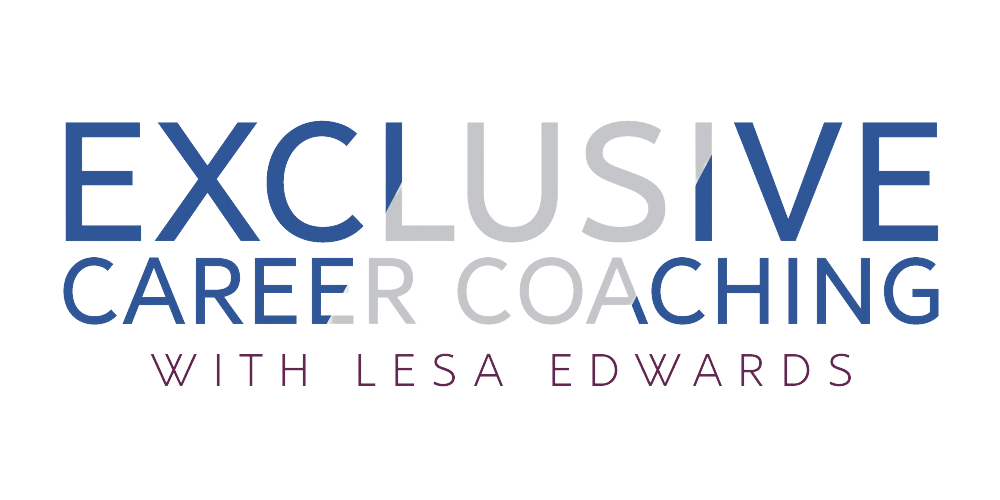045: Business Dining Etiquette
Business Dining Etiquette
Here is an etiquette quiz:
__F__ 1. The primary place setting utilized in the U.S. is inside-out.
__T__ 2. At a sit-down dinner, you should wait until everyone at your table has been served to begin eating.
__F__ 3. At a buffet, you should wait until everyone at your table has returned with their food to begin eating.
__T__ 4. Your food dishes are to the left of your place setting and your drink containers are to the right.
__T__ 5. Forearms can be placed on the table between courses and when there is no food at your place.
__F__ 6. It is o.k. to salt and pepper your food before tasting it.
__F__ 7. When leaving the table during a meal, you should place your napkin next to your plate.
__F__ 8. When leaving following the meal, you should place your napkin on top of your plate.
__T__ 9. Items should be passed counterclockwise around the table.
__F__ 10. To remove inedible food from your mouth, use your napkin.
__T__ 11. You should offer community foods, such as sugar, to others before serving yourself.
__T__ 12. You should break off a bite-sized piece of bread, butter it, and eat, rather than butter the entire roll at one time.
__T__ 13. Once you have used a utensil, you should never place it back on the table.
__F__ 14. If someone requests only the salt, it is o.k. to pass it by itself without the pepper.
__F__ 15. The correct movement for a soup spoon is toward you.
__F__ 16. When eating American style, it is o.k. to use your knife to assist you in getting the last bits of food on your plate.
__T__ 17. You should tuck paper trash under the rim of your plate.
__F__ 18. It is o.k. to eat fried chicken with your fingers in a formal setting.
__F__ 19. It is o.k. to break crackers into your soup.
__T__ 20. The butter knife passed with the butter should never touch your bread.
With all of the etiquette rules, it is easy to forget something; don’t worry. There are two cardinal rules you must never forget:
Never say anything negative about the food, restaurant, or wait staff.
Never point out anyone else’s etiquette mistake. (It’s o.k. to point out your own, however.)
Additional tips:
Don’t order foods that are messy or that you don’t know how to eat: Whole lobster, French onion soup, Pasta
Often times, job candidates make the mistake of ordering the least expensive thing on the menu. Two options are to either order something that is mid-priced, or to ask your host what he/she recommends. Even if it is something you don’t care for, the price of it can guide your decision on what to order. The latter is particularly effective when at a nicer restaurant where no prices are visible.
Only return food if it is completely inedible. If you do so, do it discreetly.
Use the time immediately after you sit down to briefly inspect the silverware, glasses, and dishes. This will tell you what you’re eating and when (outside – in)
If you have ordered a special meal due to dietary restrictions, it is your responsibility to let the wait staff know.
If you receive food you are unable to eat for dietary or religious reasons, you are not obligated to eat it. Just be discreet.
If something is served on a plate, use utensils to eat it (even if you would normally eat it with your fingers at home). This includes fried chicken, french fries, bacon.
Cup a lemon in your hand before squeezing over tea or seafood to avoid squirting anyone.
When ordering wine at a restaurant, it is better to ask the waiter/sommelier for a recommendation, rather than to try to look like you know what you’re doing if you don’t.
As a general rule, red wines pair better with beef, or other dishes with a red sauce; white wines pair better with chicken, fish, or pork.
If you have ordered a bottle of wine at a nicer restaurant, the waiter/sommelier will pour a small amount for you to taste before serving. You should accept the bottle unless there is clearly something wrong with the taste. If you are unsure, you could say to the waiter/sommelier, “Could you double check this bottle for me?”
White wine glasses are smaller, and should be held by the stem, so as not to warm the wine up with your hands. Red wine glasses have a larger bowl and are often taller than white wine glasses.
Be cautious about drinking in a business setting!
Are you in the wrong job that chips away at you every day? The CareerSpring document and coaching program will help you find a job that uses your zone of genius, recognizes your value, and pays you what you’re worth.
If you’re ready to take your job search to the next level by working with a highly experienced professional with a track record of client success, schedule a complimentary consult to learn more:
